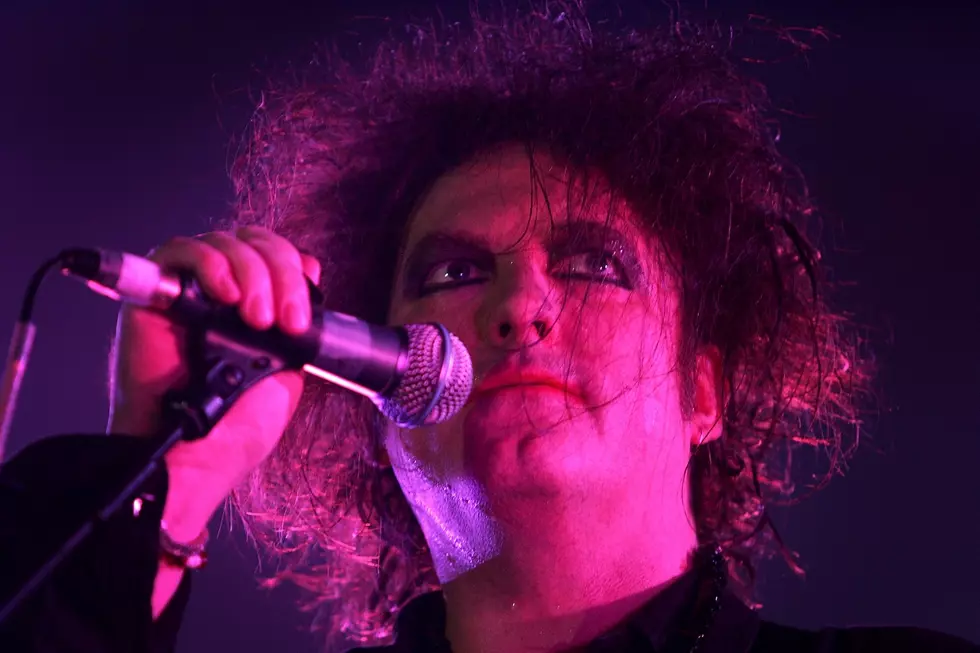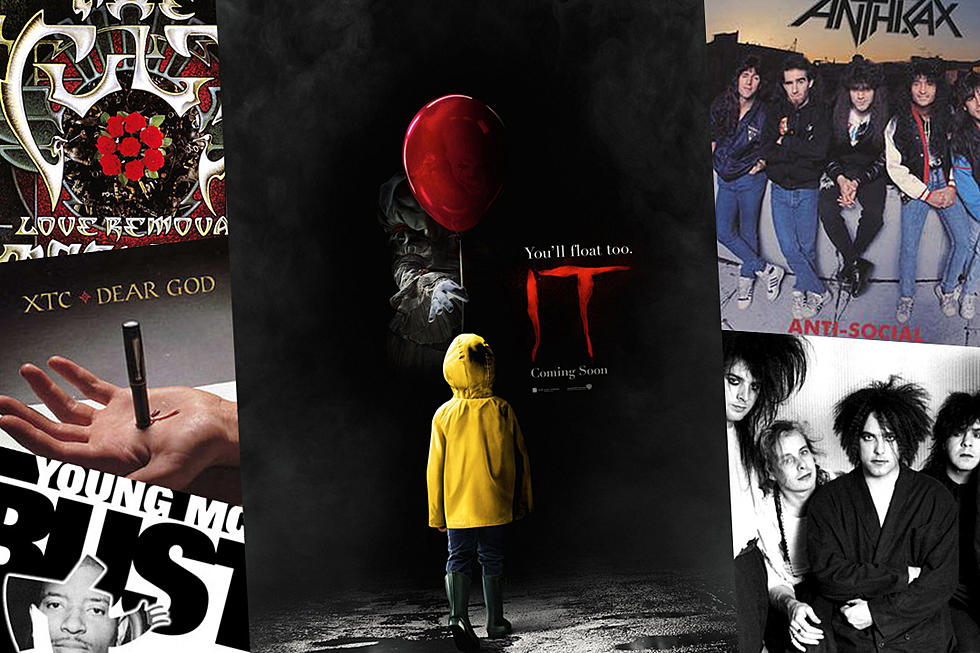
21 Years Ago: The Cure’s ‘Wish’ Album Released
After a decade of slowly making their presence known in the U.S. -- first with MTV, then with college-music fans and eventually with the Top 40 audience – the Cure finally had a hit record with 1989’s ‘Disintegration,’ a moody mix of everything the band had mastered during their decade in the trenches. Goth, pop, radio-ready ballads, long, drawn-out space jams – ‘Disintegration’’s heady and heavy combination led to their first Top 10 hit, ‘Lovesong’ and an album that just missed the Top 10.
When the band reconvened for their ninth LP, ‘Wish,’ they kept ‘Disintegration’’s commercial highlights – the poppy, frothy numbers and the bouncy synth-pop tracks – and applied them to a new batch of songs. They discarded most everything else. ‘Wish,’ which celebrates its 21st anniversary today, is the Cure’s lightest album. It’s also their poppiest. And it turned out to be the group’s highest-charting record, debuting at No. 2.
The album’s first single, ‘High,’ is all jangly guitars and glossy production. ‘Friday I’m in Love,’ the followup, is even more so. And ‘A Letter to Elise,’ ‘Wish’’s big centerpiece ballad, sounds like a sequel to ‘Disintegration’’s big centerpiece ballad ‘Pictures of You.’ All of them were hits, and all of them feature some of the hugest hooks of the band’s long career.
‘Wish’ kept the Cure busy for the next couple of years. While only ‘Friday I’m in Love’ made the Top 40 (‘High’ just missed it, but ‘A Letter to Elise’ didn’t chart at all), all three tracks were massive hits on modern-rock radio. The first two songs both reached No. 1; ‘A Letter to Elise’ stopped at No. 2. The album went platinum, and the band toured for months. When they finally got around to making another record, 1996’s ‘Wild Mood Swings,’ the Cure sounded tired. They also seemed bored with their mainstream success, pulling back the pop and loading up on more complicated songs. ‘Wish’ was their pop moment. They were ready to move on.
Watch the Cure's Video for 'Friday I'm in Love'
More From Diffuser.fm









